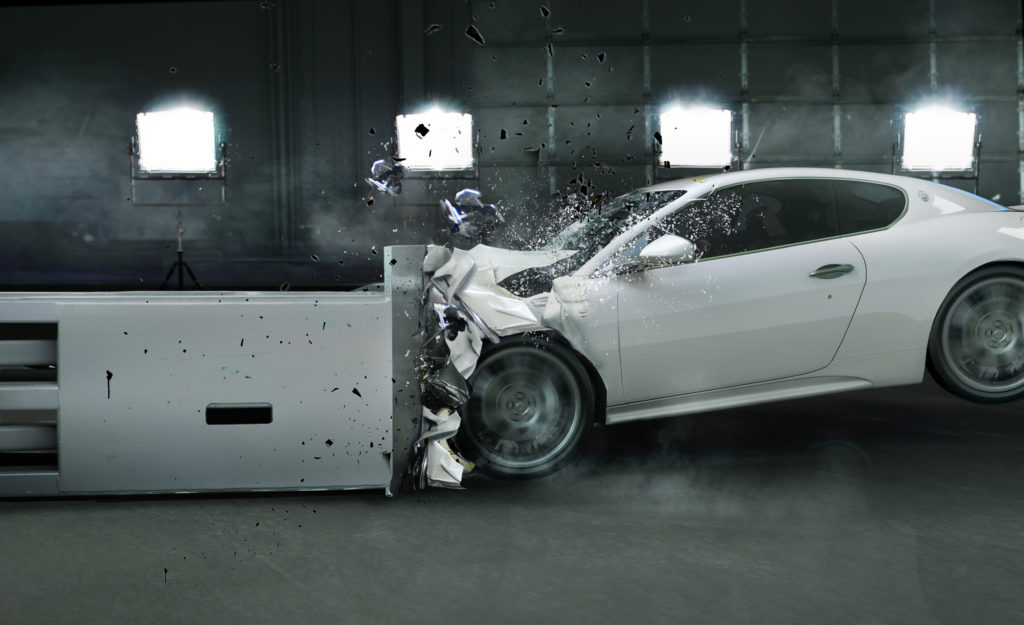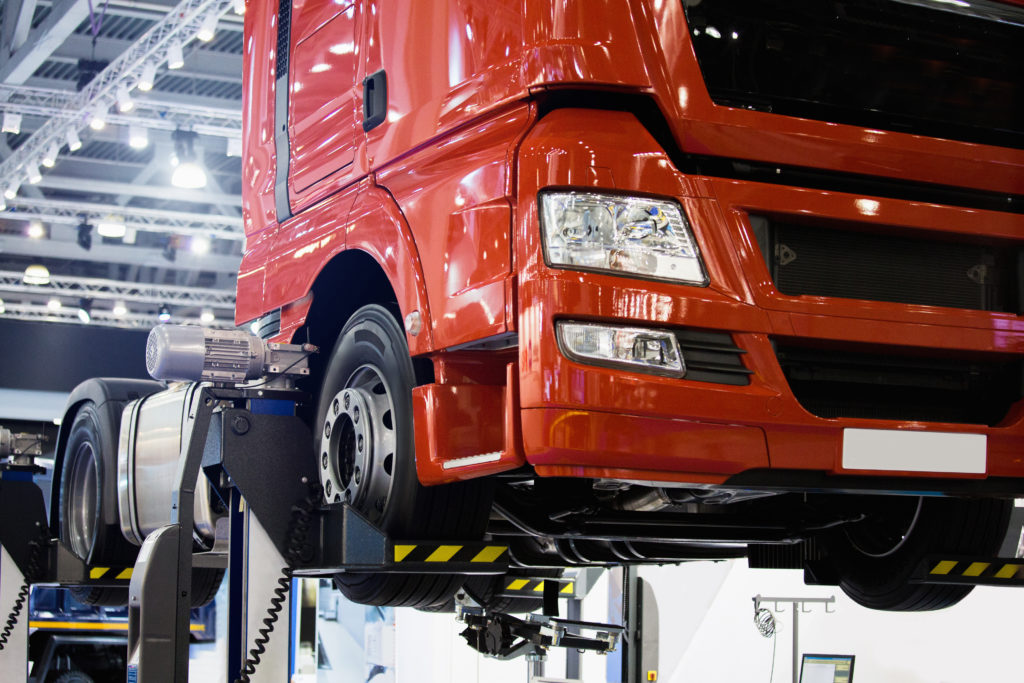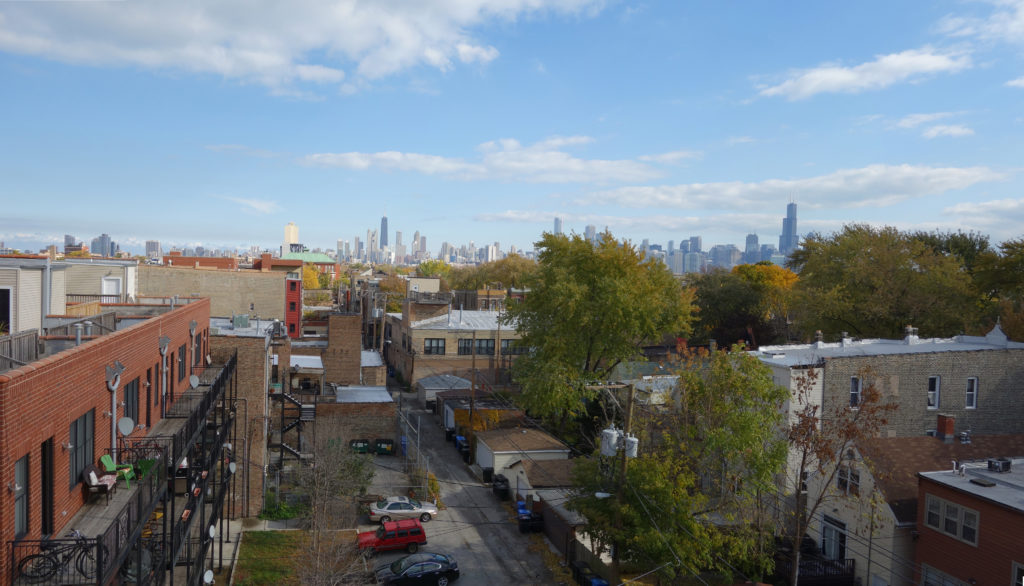Automakers must report all crashes that involve either partially automated driver-assist systems or fully autonomous vehicles, as recently ordered by the National Highway Traffic Safety Administration.
The American government’s highway safety agency has made it clear it will be cracking down in regards to overall automated vehicle safety–more than it has in the past. Until recently, the agency had still not issued any automated tech-related regulations due to hesitancy about interfering with the adoption of these innovative safety systems.
The mandate, which was released at the end of June, will require that companies operating vehicles equipped with driver-assist systems or operating completely autonomous vehicles, as well as the vehicle and equipment manufacturers themselves, must immediately report autonomous vehicle-involved crashes that occur on public roads. If a driver-assist system was being utilized immediately before or during a crash on a public road, that crash must also be reported.
“By mandating crash reporting, the agency will have access to critical data that will help quickly identify safety issues that could emerge in these automated systems,” said Steven Cliff, Acting Administrator for NHTSA.
Through these reports, NHTSA will be able to identify safety defects and issue a defect investigation or even deploy a crash investigation team when needed. The agency has already dispatched investigation teams to analyze 31 crashes that involved partially automated driver-assist systems over the last six years. Out of those crashes, 25 in particular were using Tesla’s autopilot system and reported 10 deaths, according to the agency’s data.
These kinds of driver-assist systems are meant to help keep a vehicle at a safe distance from any vehicles in front of it as well as keep the vehicle centered in its designated lane. Still, though, most manufacturers, and Tesla itself, make sure drivers know that although the system may be operating on autopilot, they must still be alert and ready at all times to intervene when necessary. In fact, there have been instances of Teslas using the company’s autopilot system and hitting a roadway barrier, crashing into semi trucks crossing in front of them, and getting in the way of emergency vehicles.
The National Transportation Safety Board has been investigating these crashes and has recommended that Tesla, along with the NHTSA, only allow Tesla’s autopilot system to be operated in the areas where it is known to be able to safely do so. NHTSA should also mandate that Tesla develop an improved system that ensures drivers must be paying attention, the NTSB recommended. As of now, there have been no changes made by NHTSA.
These agencies are also looking into a myriad of non-fatal partially automated system-involved crashes in vehicles like a Volvo XC-90, a Lexus RX450H, and two Cadillac CT6s. Some investigative teams have also been deployed to look into a crash involving an Uber-operated Volvo XC-90 (during which a pedestrian was struck and killed), as well as a crash involving an automated Navya Arma low-speed shuttle bus.
“Collecting crash data, and hopefully data from crashes which were avoided, can help serve a variety of purposes from enforcing current laws to ensuring the safety of customers, as well as paving the way for reasonable regulations to encourage the deployment of safe advanced vehicle technology,” explained executive director for the Center for Auto Safety, Jason Levin. The Center for Auto Safety is an advocacy group and nonprofit and has been urging the NHTSA for years to implement strict oversight onto automated vehicle usage.
According to this order, companies will need to report all crashes involving partially automated vehicles or fully autonomous vehicles within one day, as long as they were serious enough to require a tow-away or involve a death, air bag deployment, hospital-treated injury, or any pedestrians or bicyclists.
Additionally, the requirement will not apply to consumers owning autonomous or partially autonomous vehicles or to the auto dealers selling these vehicles. All other crashes involving these kinds of vehicles that involve property damage or injury must be reported once a month.




